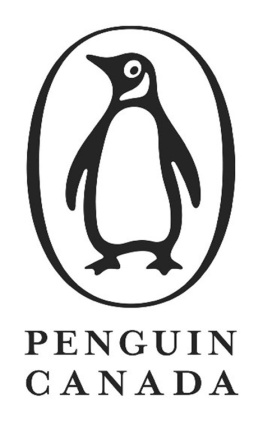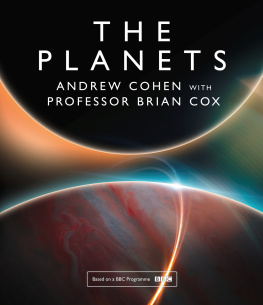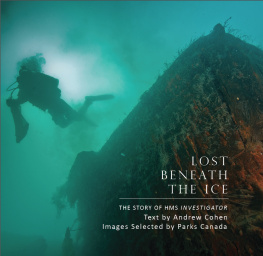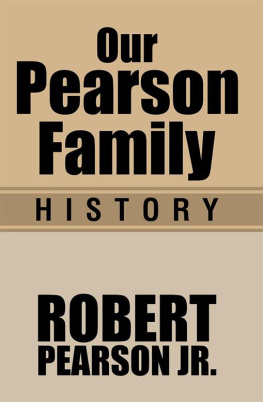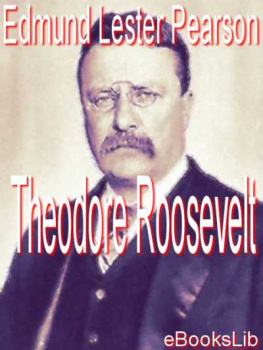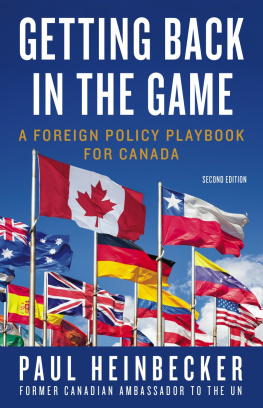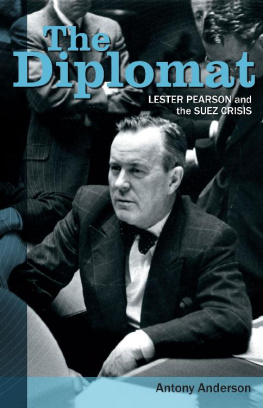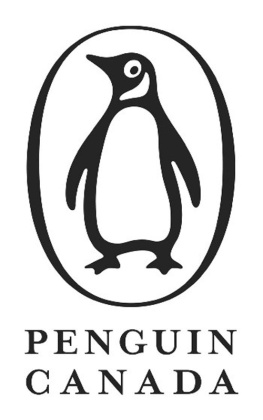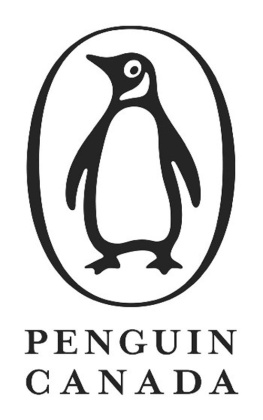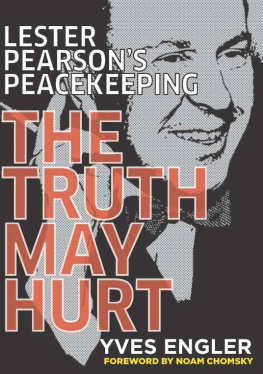ACKNOWLEDGMENTS
When John Ralston Saul approached me to write a biography of Lester Pearson for this ambitious historical series he is editing for Penguin Canada, I was delighted to say yes. I have been intrigued by Pearson since I was a graduate student in international affairs, when I wrote my thesis on the failure of Quiet Diplomacy during the Vietnam War. Years later, I returned to Pearson in exploring the decline of Canadas internationalism in While Canada Slept: How We Lost Our Place in the World . To this volume of Extraordinary Canadians, John gently made sound suggestions on theme and structure, as well as offering an imaginative interpretation of Pearsons place in modern Canada. John Ralston Saul is an extraordinary Canadian himself.
I owe great thanks to Heather Sangster and the Strong Finish team, who edited the manuscript carefully, simplified unwieldy prose, and cheerfully shepherded the book through the production process. Graham Fraser, Canadas commissioner of official languages and a former journalist, shared his thoughts with me on the origins of official bilingualism. Colin Robertson, a diplomat and a devoted Pearsonian, kindly read the manuscript. Peter C. Newman, the author and journalist, happily answered my queries on the politics of the 1960s. Boo Leslie, the daughter of Brooke Claxton, graciously shared her memories of growing up in Pearsons Rockcliffe.
Geoffrey Pearson talked to me about his father, as he had often over the years. When I saw him last February, he was funny, tart, and unusually sentimental. He died unexpectedly shortly after our conversation. No son could have been more devoted to the memory and ideals of his father. This book is dedicated to him.
Landon Pearson reflected on the character of her father-in-law and his marriage to Maryon. She was generous, frank, and expansive in what was a difficult time for her, for which I am intensely grateful.
Having spent the last year in Berlin, I could not have written this biography without my superb research assistant, Kristina Roic, a writer and editor in Ottawa. This is our second collaboration on a book, and Kristina remains unfailingly thorough, reliable, and conscientious. She found out-of-print books, unearthed old magazine and newspaper articles, organized my visits to the National Archives, and shipped material across the Atlantic. She also reviewed the manuscript. Once again, she has been indispensable.
My deepest gratitude goes to my wife, Mary Gooderham, an author, journalist, and editor. There is no longer anything I write that Mary does not read before I submit it, demanding a standard of clarity and economy of writing that I seldom reach. Without her indulgence and love, this biography of Lester Pearson would not have come to be.
Andrew Cohen
June 27, 2008
Berlin
ALSO IN THE EXTRAORDINARY CANADIANS SERIES:
Big Bear by Rudy Wiebe
Lord Beaverbrook by David Adams Richards
Norman Bethune by Adrienne Clarkson
Emily Carr by Lewis DeSoto
Tommy Douglas by Vincent Lam
Glenn Gould by Mark Kingwell
Louis-Hippolyte LaFontaine and Robert Baldwin by John Ralston Saul
Stephen Leacock by Margaret MacMillan
Nellie McClung by Charlotte Gray
Marshall McLuhan by Douglas Coupland
L.M. Montgomery by Jane Urquhart
Mordecai Richler by M.G. Vassanji
Louis Riel and Gabriel Dumont by Joseph Boyden
Pierre Elliott Trudeau by Nino Ricci
SERIES EDITOR:
John Ralston Saul
CHRONOLOGY
1897 | Lester Bowles Pearson is born April 23 in Newtonbrook, Ontario. |
1913 | Pearson enrols at Victoria College, University of Toronto. |
1915 | He enlists as a private in the Canadian Army Medical Corps. |
1916 | He serves in the Balkans as a stretcher-bearer. |
1917 | He joins the Royal Flying Corps as a pilot in England and is injured in a road accident in London. |
1918 | Pearson is invalided home. He suffers a nervous breakdown and is discharged from the army. |
1919 | He returns for a last term at the University of Toronto and graduates in June. |
1919 | He takes a job as a sausage-stuffer at a subsidiary of Armour and Company in Hamilton, Ontario. |
1920 | He works as a clerk with Armour and Company in Chicago. |
1921 | Pearson returns to Canada and sails for Oxford University, St. Johns College. |
1923 | He begins teaching in the Department of History, University of Toronto. |
1925 | Pearson marries Maryon Elspeth Moody in Winnipeg August 22. |
1927 | His son, Geoffrey Arthur Holland Pearson, is born. |
1928 | Pearson enters the Department of External Affairs as first secretary. |
1929 | His daughter, Patricia Lillian Pearson, is born. |
1930 | He attends the London Naval Conference. |
1931 | Pearson serves as the secretary to the Royal Commission on Grain Futures. |
1934 | He becomes the secretary to the Royal Commission on Price Spreads and Mass Buying. |
1934 | He is awarded an Order of the British Empire (OBE) for his work on the royal commission. |
1935 | Pearson is appointed to the Canadian High Commission in London as political secretary. |
1939 | Pearson takes home leave. Anticipating the war, he returns to London days before the war breaks out. |
1941 | He is appointed assistant undersecretary, Ottawa. |
1942 | He is appointed minister-counsellor to the Canadian legation in Washington, D.C. |
1943 | He serves as chairman of the FAO Interim Commission. |
1944 | He is appointed envoy extraordinary and minister plenipotentiary in Washington, D.C. |
1945 | Pearson is appointed ambassador to the United States. |
1946 | He is appointed undersecretary of state for external affairs. |
1948 | He is appointed secretary of state for external affairs September 10 and is elected as the Member of Parliament for Algoma East October 25. Pearson is re-elected seven times. |
1949 | The North Atlantic Treaty Organization (NATO) is established. |
1950 | Pearson attends the Colombo Conference in Colombo, Ceylon. |
195152 | He serves as chairman of the NATO Council. |
1952 | He is elected president of Seventh Session, UN General Assembly. |
1956 | Pearson is one of the three wise men to examine NATO. |
1956 | He introduces the critical peacekeeping resolution to end the Suez Crisis. |
1957 | The Liberals are defeated. Pearson wins the Nobel Peace Prize. |
1958 | He is elected leader of the Liberal Party of Canada and leads the party to the worst defeat in its history March 31. |
1960 | The Kingston Conference begins the renewal of the Liberal Party. |
1962 | Pearson proposes a bilingualism commission. The Liberals win ninety-nine seats in the election. |

